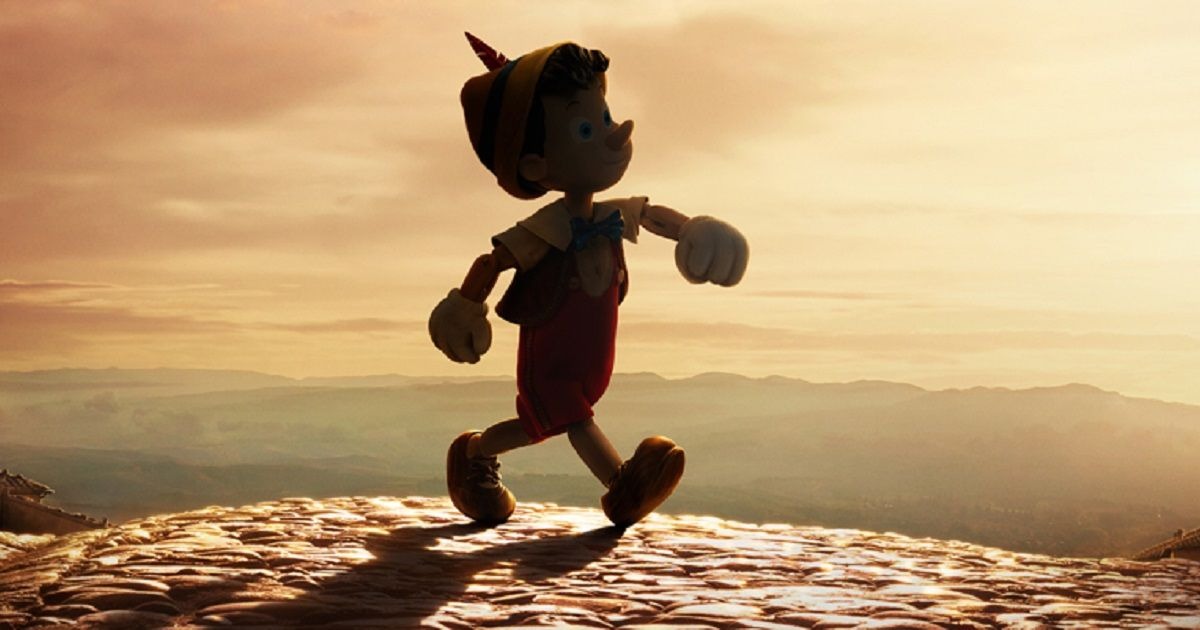Disney has revealed that its live-action Pinocchio remake, directed by Robert Zemeckis, cost a staggering $155 million (£122.2 million) to produce. Released in 2022 on Disney+, the film stars Tom Hanks as Gepetto, the toymaker. Despite its high budget and star power, the film was met with harsh criticism, being labeled “soulless” by both fans and critics, according to Forbes.
Rotten Tomatoes, a popular review aggregator, shows audience ratings at a dismal 27%, with critics barely more favorable at 28%. Variety’s review encapsulated the general sentiment, stating, “There may be no strings on this Pinocchio, but there isn’t much of a heart in him either.” Empire magazine also criticized the film, calling it “an exercise” that exists simply because it can.
This latest Pinocchio is part of Disney’s broader strategy of live-action remakes of classic cartoons, following titles like Cinderella, Dumbo, and the upcoming Snow White. Speculation suggests that Disney’s rush to remake these films may be tied to the expiration of copyrights, aiming to reset the clock on these beloved characters.
High Costs and UK Incentives
One of the driving factors behind the transparency of Pinocchio’s budget is the UK’s Audio-Visual Expenditure Credit (AVEC). To qualify for this cash reimbursement, studios must spend a minimum of 10% of core production costs in the UK. Disney, through its subsidiary Monstro Productions, spent a total of $155 million on Pinocchio, with $23.5 million reimbursed, reducing net spending to $131.1 million.

The extensive financial filings reveal that Monstro Productions employed 1,999 people for the film, with women making up 32.4% of the workforce. However, a notable pay gap persisted, with women earning 22.6% less per hour on average compared to their male counterparts. These statistics were slightly worse than those from the Star Wars series The Acolyte, despite its emphasis on equality.
The film’s production in the UK not only created jobs but also stimulated local spending on services like security, equipment hire, transport, and catering. The UK government offers such incentives to attract major studios, boosting the local economy.
Digital Shortcomings and Financial Implications
Zemeckis, known for his work on digital cinema, faced criticism for the computer-generated characters in Pinocchio, which many found lifeless and “creepy.” The film’s visual effects were handled by British firm MPC, involving around 1,200 crew members over two years. However, the final product was deemed inconsistent and rushed, reflecting broader industry challenges as studios scramble to produce content for streaming platforms.
When released during the week of September 11, Pinocchio was only the sixth most-watched program across all platforms, according to Nielsen. This poor performance echoes the initial release of the original 1940 animated film, which also struggled commercially due to World War II. However, the original Pinocchio eventually became a classic, unlike its modern counterpart.
Disney’s streaming service, Disney+, has not yet turned a profit since its 2019 launch, with cumulative losses exceeding $11 billion. Bob Iger, Disney’s CEO, acknowledged the need to reduce production costs and shift focus from aggressive marketing to profitability. This strategy has shown signs of success, with Disney’s entertainment arm reporting a profit for the first time in early 2024, although combined with its sports streaming division, the service still posted a loss.
In contrast, Guillermo del Toro’s 2022 Pinocchio adaptation received critical acclaim, winning the Academy Award for Best Animated Feature. This highlights the disparity in reception between the two versions and underscores the ongoing challenges Disney faces with its high-cost, high-stakes remake strategy.

